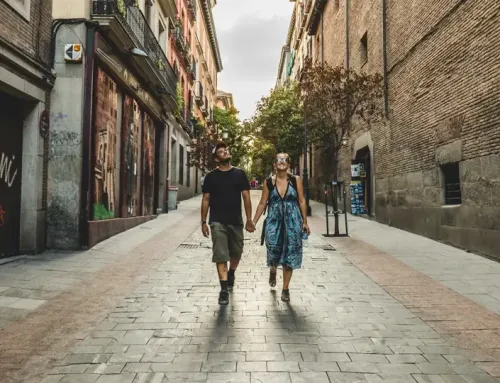Easter in Spain: Holy Week is full of centenary traditions
Last Updated on September 4, 2025
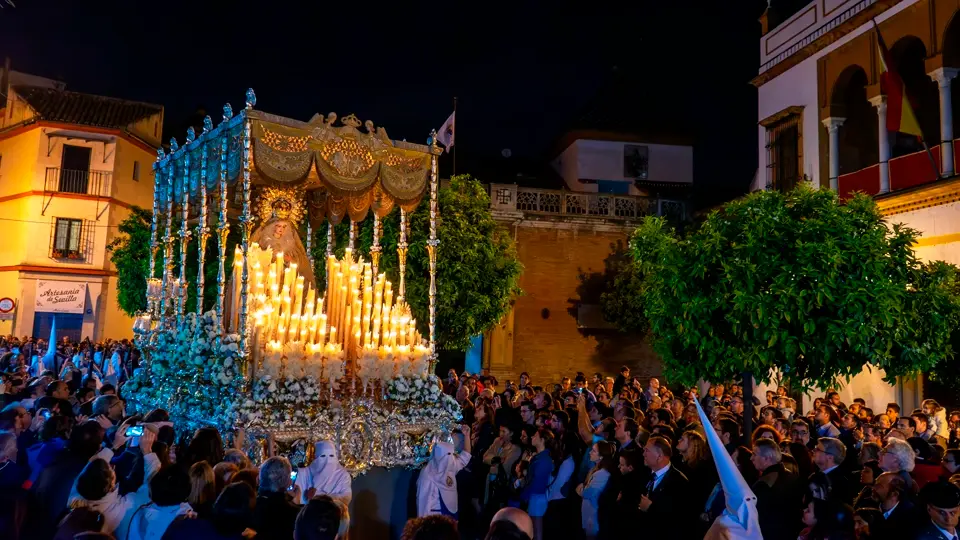
Easter in Spain is lived in a very special way. Spain has historically been, and is, a Catholic country and the tradition of Easter or Holy Week goes back to medieval times. Easter is a time of sorrow and redemption for the Catholic religion and the Holy Week is full of centenary traditions. Easter in Spain is more devoutly celebrated than any other holiday of the year. Here are some things you will find in Easter in Spain that will let you know why this time of the year is special in every Spanish city or town.
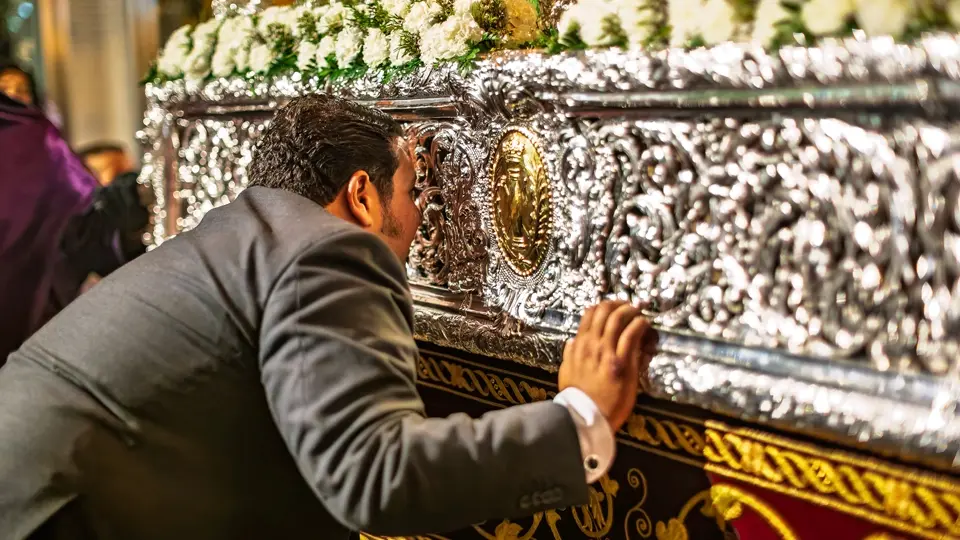
PROCESIONES AND PASOS
In almost all the cities of the country you can find Religious Processions. Worldwide known are those in Sevilla or Malaga but Salamanca, Zamora or Valladolid can also be proud of having outstanding processions. The most important element in a procession is the Paso. The Pasos are wooden sculptures of huge artistic value that are carried by a group of people known as costaleros. The Pasos represent different stages of Christ’s Passion and many date from the Baroque period. The whole structure can weight over a ton and moving it around requires a calculated choreography and a huge physical effort.
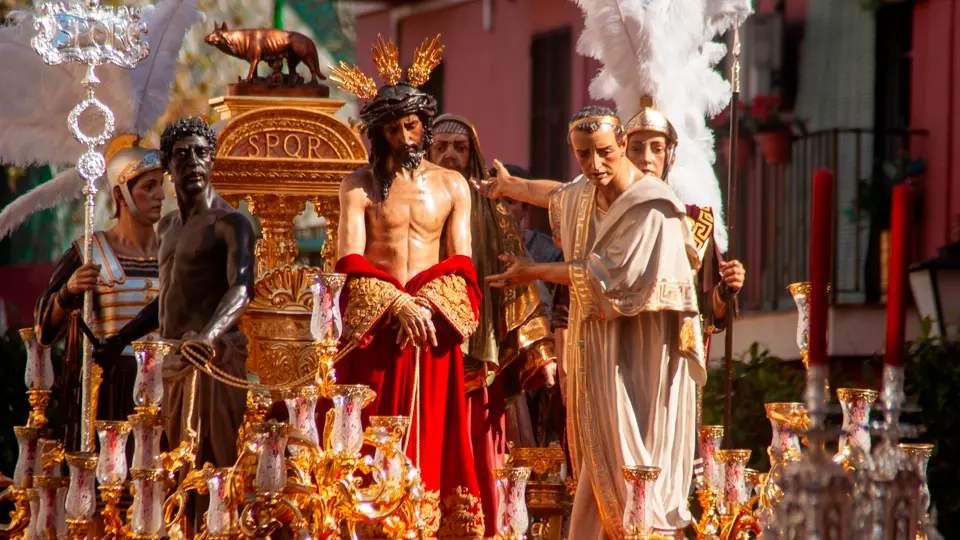
In other parts of the country the Passion of Crist is represented as a play. The whole town takes part in the representation as neighbors play the different characters. Some famous living passions are in Balmaseda and Castro Urdiales, in the north of the country.
NAZARENOS AND CAPIROTES
The Nazarenos are the members of the brotherhoods that perform the processions. Their traditional clothing usually includes a tall conical hat that covers their faces called Capirote. Depending on the brotherhood it will be of one color or another. It has a medieval origin and it was a way for those who have sinned hide their face. Many Nazarenos carry wooden crosses and walk barefoot.
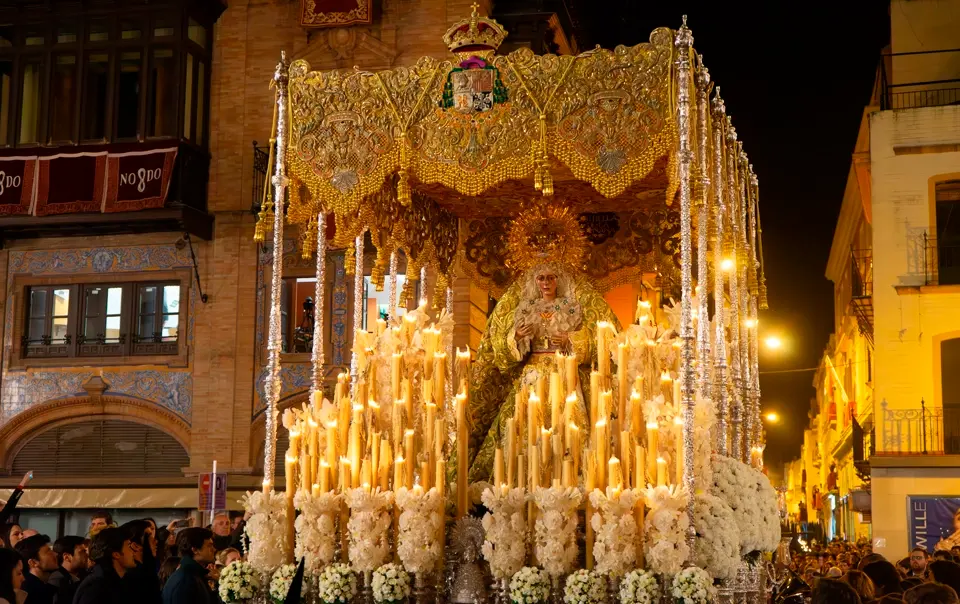
DRUMS AND SILENCE
The sound of drums, hornets and a small instrument called dulzaina (like a small oboe) make the solemn soundtrack of any procession. The drum, for instance, has an outstanding place in Calanda (Teruel) where every Holy Friday exactly at noon thousands of them break the silence and start playing together to commemorate the death of Christ.
In Andalucia many processions stop whenever someone starts singing a Saeta. It’s sung from the balconies express pain and suffering for the Passion of Jesus Crist.
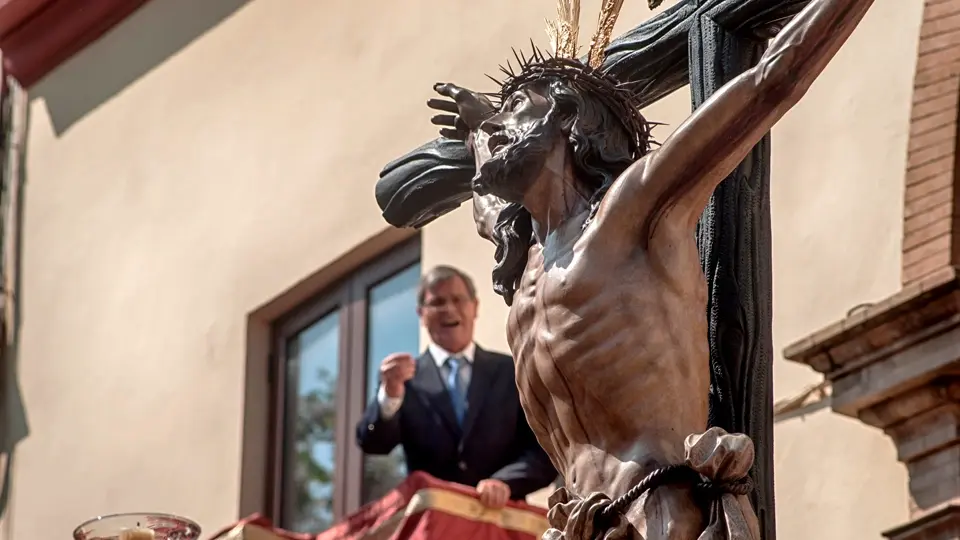
But one of the most overwhelming experiences in Easter in Spain are the Silent Processions. They take place the night of Holy Friday to mourn the death of Crist. Only candles lit the way of the processions that gather thousands of people and yet not a sound is heard.
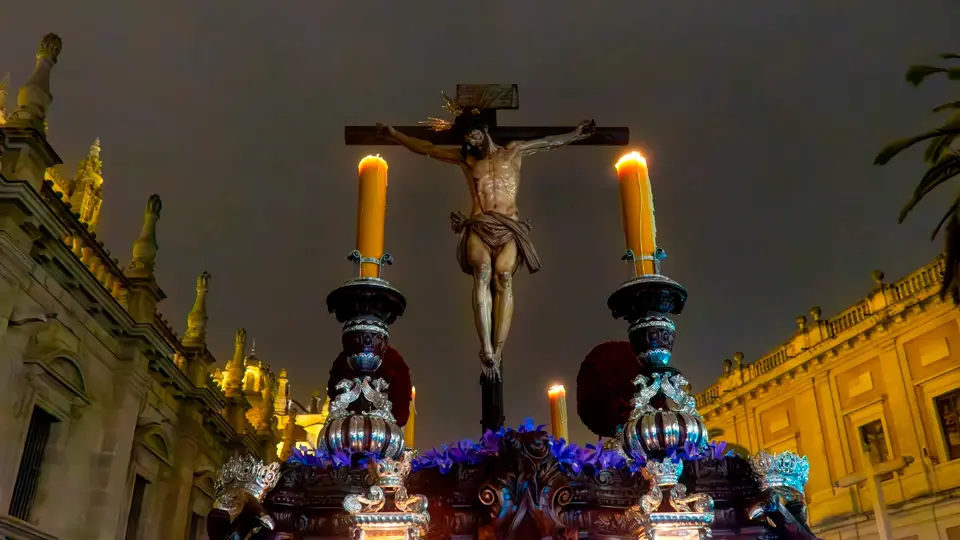
COD AND TORRIJAS
During the Holy Week the tradition says to abstain from meat that’s why the typical dishes are made of fish specially cod. But the queen of the Spanish gastronomy in Easter is the torrija: Sliced bread soaked with milk and beaten eggs and fried in olive oil. A treat that resembles a French toast but that you will only find in Spain at this time of the year.
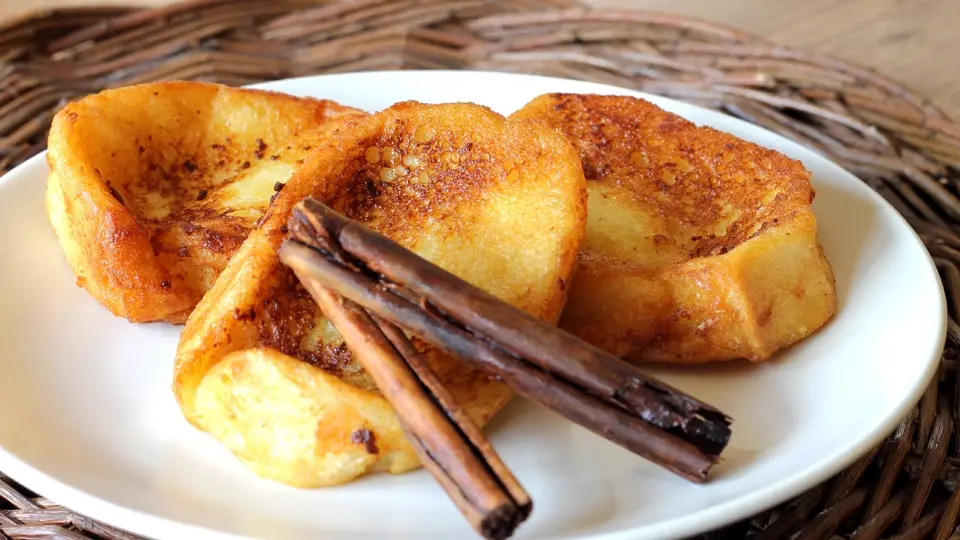
But in the end for many people Easter means the chance of having some days off. The weather is usually warm and many people head to the coast from the cities bearing terrible traffic jams. The anticipation of the summer holidays that everyone is longing for!




